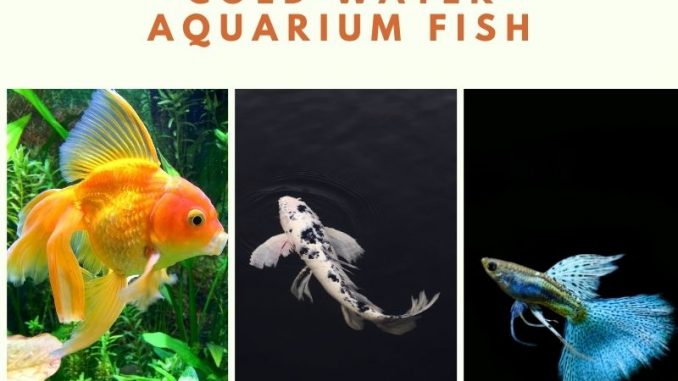
Coldwater fish are commonly kept in ponds, but not everyone has the money or space to make one.
A cold water aquarium is one of many ways to keep fish inside your home. They can liven up any room in your house, just like tropical or marine setups.
The low temperatures open the door to many species that can’t be kept in warmer environments; these types of fish are found all over the world.
There are a lot more cold-water fish for home aquariums than you might think. This article will discuss a variety of popular species for coldwater setups, hopefully, one or two are right for you.
Overview
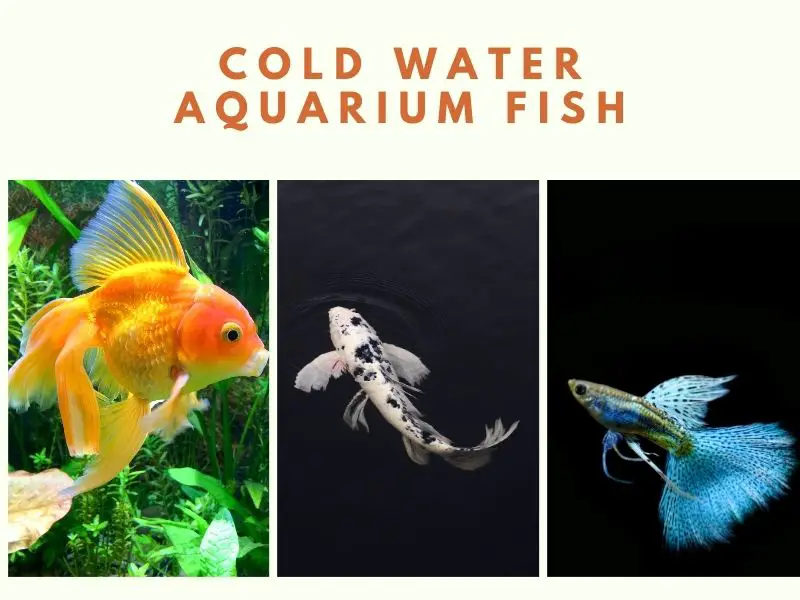
A fish tank can be set up in lots of different ways. The most popular types include tropical and marine environments, but a coldwater aquarium can be just as rewarding.
These are often overlooked because the low temperature limits the number of fish species that you are able to choose from, but there are still plenty of options available to design a coldwater setup you’ll love.
Coldwater tanks are very similar to tropical tanks, except they can be kept at room temperature.
One benefit of this is that you shouldn’t need to buy a heater, saving you a little money. This can also make them easier to maintain.
Some fish species advertised as being “coldwater” prefer having a heater though, so research them before buying.
Unfortunately, a common design for a coldwater aquarium is to use a glass bowl. These are unlikely to contain a filter, so the water would be unclean and unaerated, causing any fish inside to become stressed and ill.
Always use an aquarium.
Popular Coldwater Aquarium Fish
Many aquarists don’t realize how many species can actually be kept in coldwater setups. There are some obvious examples for sure, but there are lots more options.
The more choices you have, the easier and more fun it is to design your aquarium. You are more likely to find fish that appeal to you and meet your needs.
We will talk you through some of the most popular choices of fish for coldwater aquariums. They come in all shapes and sizes. Some are easier to care for than others.
Ensure that you research every fish carefully, to check compatibility for your coldwater aquarium.
Goldfish
Goldfish are probably the first things that come to mind when you think of coldwater fish. They are some of the most famous freshwater fish and are often seen in films and tv.
They are members of the Cyprinidae family, which means they are closely related to carps and minnows. In the wild Goldfish are native to China, but they are now bred around the world.
Standard goldfish have slim bodies with two sets of pectoral and anal fins and single tails.
The Common Goldish is the most likely to be in your local pet store. They can come in red, orange, white, yellow, or a mixture of two.
They reach a maximum size of 6 inches in an aquarium or 10 inches in a pond.
The Comet Goldfish is an even larger variety, potentially reaching up to 12 inches. This breed is usually orange or yellow, but they are popular due to their long, trailing fins.
There are many other varieties of single-tailed goldfish. Most of them are bred to be different colors like blues or black.
If you’re not restricted by tank space, Goldfish are excellent choices; they’re peaceful and easy to care for. Though they can be added to a community, keeping a Goldfish-only tank is usually the best option.
Fancy Goldfish
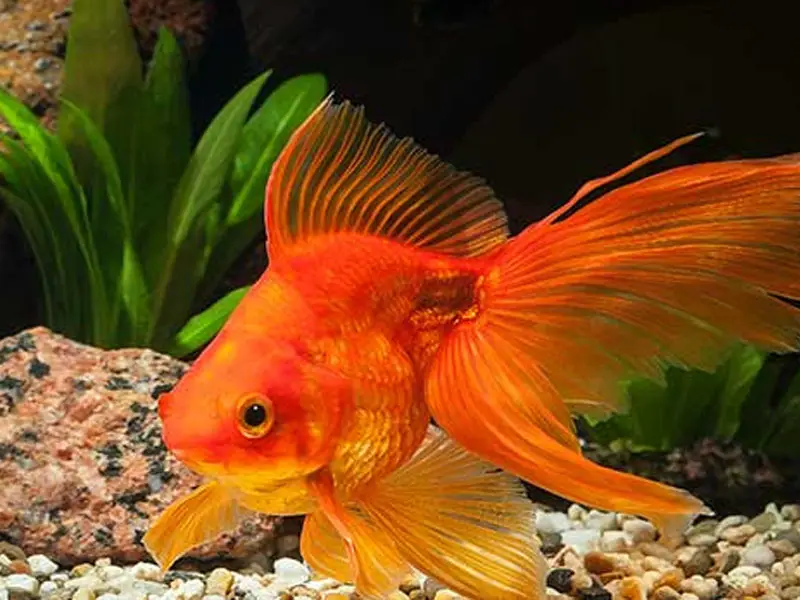
There are many varieties of fancy goldfish. The most popular examples stand out for having unique features to create a fascinating appearance.
You can easily spot Fancy Goldfish due to their egg-shaped body and double caudal fins. Other than this, each variety can look very different from one another.
Though they may look different, Fancy Goldfish are still the same species as regular Goldfish (Carassius auratus), in the Cyprinidae family.
The blackmoor goldfish is a variety commonly found in pet stores. These have large telescopic eyes that bulge from their 4-inch body. They actually have terrible eyesight though.
Bubble eye goldfish are very identifiable. This variety has two fluid-filled sacs (“bubbles”) sat just behind their eyes. These sacs are delicate and could become punctured and infected.
Perhaps the most majestic Fancy Goldfish is the fantail goldfish. These fish have a quadruple caudal fin that flows behind them as they swim. They are usually orange and white and reach 6 inches long.
Day-to-day care for Fancy Goldfish is easy; they just need their environment to stay stable and clean. They can be prone to health problems though.
Many of the distinctive features that they have been selectively bred for make them weaker or likely to get injured. Keep a closer eye on them and stay on top of maintenance to prevent problems.
Their egg-shaped body squashes their organs together, which can hinder digestion. They should only eat small amounts at a time.
Though the risk of health problems can be scary, they are generally avoidable. It is worth adding these fish to your tank for their beauty.
Picking your favorite variety of Fancy Goldfish can be challenging, but there is one to suit everybody since they’re so diverse. Be sure to read up on the variety to choose from before purchasing some.
Zebra Danio
Zebra danios (Danio rerio) are a common sight in home aquariums. There are so many reasons to get some.
They are often recommended for beginners because of their hardy nature and resilience to disease. Their preferred water conditions are very broad so they can be added to a range of aquarium setups.
Newcomers to fishkeeping will appreciate how cheap the species is if they’re unsure about how much they want to invest in the hobby.
Being only 2 inches long they can fit into small aquariums. If you have a larger tank, you could buy a big group to show off their shoaling behaviors.
Zebra Danios are very social fish that will move around the tank together in unison. There’s always strength in numbers.
This creates a very interesting display for your aquarium.
Even if your tank is small, these fish should never be kept singly, or they’ll become lonely and stressed.
We have mentioned lots of positives already and we haven’t even talked about their appearance.
These are attractive fish due to their horizontal stripes running all the way along the sides of their body.
The larger your shoal, the more impressive they will look.
Zebra Danios are a favorite among beginners and veterans alike.
White Cloud Mountain Minnow
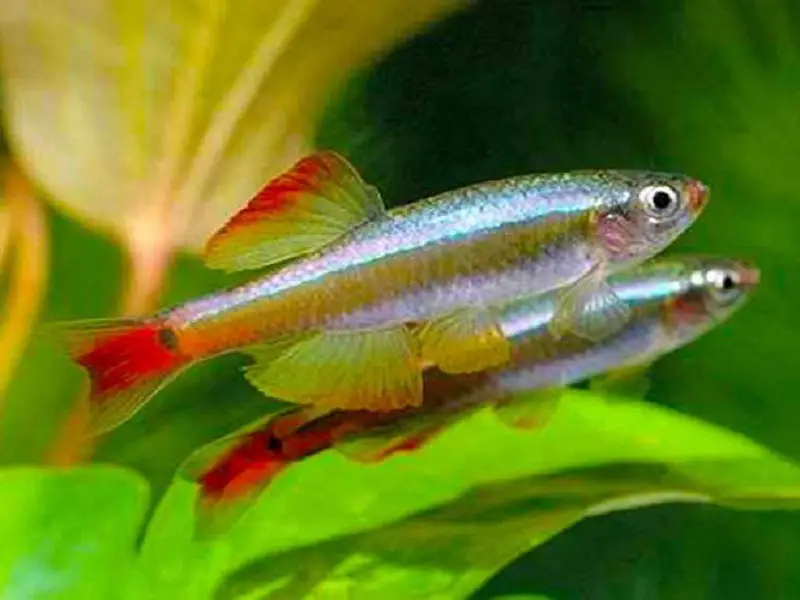
This species plays a similar role in an aquarium as Zebra Danios.
White Cloud Mountain minnows (Tanichthys albonubes) is another great beginner fish due to its peaceful and hardy nature. It is a very easy fish to care for.
They are often bred commercially as feeder fish because they are small and easily eaten by large fish (so only keep them with similarly sized fish!).
Their use as feeder fish is also down to how easy they are to breed. White Cloud Mountain Minnows suit anyone wanting to start a breeding tank for the first time.
You’re not just getting them for their ease though, they will also provide plenty of colors. They have silver and green scales with pink and black lateral stripes. Their snouts and caudal fins are red-tipped.
This species will show off their colors best as part of a shoal. When moving in a group, their colors look more powerful and exaggerated.
Weather Loach
The Weather Loach (Misgurnus anguillicaudatus) is unlike anything else we will discuss in this article.
It’ll grab your attention right away with its hotdog-shaped body. It’s almost eel-like, stretching up to 12 inches with small fins, apart from a fan-shaped dorsal and caudal fin.
This fish sits on the bottom of the tank, scavenging whatever it can find. This includes live fish, so don’t keep it with small species like Danios.
They have sensitive barbels by their mouth to help them feel and “taste” their environment. Just behind their head are pectoral fins which they use for moving across the substrate and digging.
They get their name because they become more active when the barometer drops before a storm.
Sometimes you’ll see the Weather Loach referred to as the Dojo Loach.
This species may look daunting, but they’re easy to care for, making them a good addition to a coldwater setup containing some of the larger available species.
Rosy Barb

Their name reveals their color. These fish are reddish-pink all across their torpedo-shaped body. Their colors will deepen when mating and look bolder in large groups of fish.
Rosy barbs (Pethia conchonius) can reach up to 6 inches in length, so they need plenty of open swimming space, especially since they need to be in groups of at least 5 or 6.
This active fish will swim around the middle levels of the tank.
Like many barbs, this species has the reputation to nip fins occasionally. Keep them away from fish with large flowing fins that could become an easy target.
Keeping them in larger groups will help to reduce fin nipping as they will feel less stressed. Apart from this, Rosy Barbs are generally peaceful and work well in a community coldwater aquarium.
This is another species that can be bred easily, so they make a good starting point for a beginner fish breeder.
Bloodfin Tetra
There are so many types of tetras that it is usually difficult to pick one. However, they tend to prefer tropical climates, so the selection is much reduced.
One species that can tolerate temperatures in the mid-60s (°F) is the bloodfin tetra (Aphyocharax anisitsi).
These are very attractive. At the base of their fins are patches of red, hence their name.
They grow to about 2 inches but take much more space than you’d think because they must be kept in a group, just like most closely related species.
A particularly large group can help them to feel more confident, as these are naturally shy fish. They will grow in confidence over time as they get used to their environment too.
These are peaceful fish that can slot into a community coldwater aquarium. Keep them with other peaceful species because they can be easily picked on by boisterous fish.
Guppy
We have included some very famous fish in this article, Guppies (Poecilia reticulata) are one of them. They are some of the most sought-after fish in the fishkeeping industry.
These fish are the best for creating a bright and vibrant aquarium. You can be sure that they will add a lot of color to your tank. There aren’t many species that can compete with guppies in terms of color.
The specific color of each individual will vary. They are bred extensively which produces a vast selection of colors and patterns in all combinations.
Another attractive feature is their tail. Their caudal fin can be one of many different forms, from fan-shapes to lyretails.
They generally only grow to be 1.5-2 inches long, so they are a perfect choice for nano fish tanks.
They are peaceful, active, and easy to care for. You can’t go wrong with Guppies.
While they are commonly part of tropical aquariums, Guppies can tolerate lower temperatures as well.
Hillstream Loach
This is the second bottom-dweller on the list, but this species has a specialty that can come in particularly handy.
The hillstream loach (Sewellia lineolata) is an amazing algae eater. They scrape green algae and diatoms of the surfaces they pass as they move around the tank.
This is very useful for keeping your coldwater aquarium clean. Don’t leave the whole job of cleaning the tank to them though, and remember that they will contribute to the bioload in the aquarium.
They only grow to be 3 inches, but their small body is covered in an intricate, maze-like pattern. This is formed from black and yellow colors.
Hillstream Loaches are not the most common species, so you may have to look around a few pet stores before you find a stock. They are well worth the search though.
Two Spot Barb
The Two Spot Barb (Pethia ticto), or Ticto Barb, is a native species to freshwater rivers in Nepal and other nearby Asian countries.
Their body pattern is just as their name suggests. They have one black spot by their pectoral fins and another just in front of their caudal fin. These sit on top of silver and gold scales.
This is a fairly unique design that doesn’t boast many colors but still looks attractive nonetheless. They add further interest to your coldwater aquarium by being a social shoaling fish.
This is yet another easy species to care for. They don’t have any specific needs and their omnivorous diet makes them easy to provide for.
Reaching only 4 inches long, Two Spot Barbs are a smaller alternative to Rosy Barbs.
Koi
When talking about coldwater fish, Koi (Cyprinus carpio) definitely deserves a mention.
They are extremely common fish. You will likely have seen some, but not in a fish tank. Koi are virtually always kept in garden ponds.
This is primarily due to their size – a fully grown adult can reach up to 36 inches!
This size hikes up their price too. Common varieties are roughly $50-$80, but others can cost hundreds of dollars.
Koi are beautiful, so much so that other fish species are often selectively bred to display their colors and patterns.
They are typically white/silver with gold/orange markings across their body. Their fins are short and round, their caudal fin is lobed. Either side of their toothless jaw are sensitive barbels.
More expensive breeds can have different shapes, colors, and/or patterns, so there is no one way to describe a koi fish.
Koi can be tough to care for, especially since they are susceptible to a fatal herpes virus (KVH). If they get it, there is an 80% chance they will die.
It is useful to have some previous fishkeeping experience.
Summary
Hopefully, this article has helped you to realize that there are lots of cold water fish available for home aquariums, many of which can’t be kept in heated alternatives.
They come in all shapes and sizes, from the compact egg-shaped Fancy Goldfish to the long stretched-out bodies of Weather Loaches; there are coldwater fish to suit everyone’s needs.
Colorful fish are usually associated with tropical or marine tanks, but we have shown you some very bright and colorful fish on this list. A cold water tank can be truly beautiful.
You can have lots of fun designing a coldwater aquarium. You may struggle to pick your favorite coldwater species to keep. Once you have decided, perhaps you could introduce some plants and invertebrates too.
What is your favorite coldwater species? Let us know in the comments below…

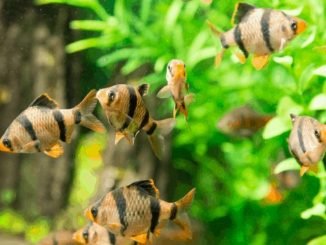
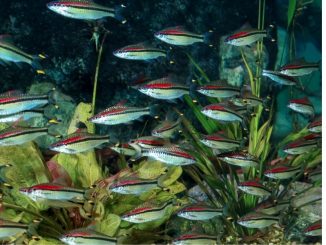
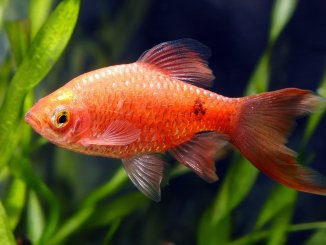
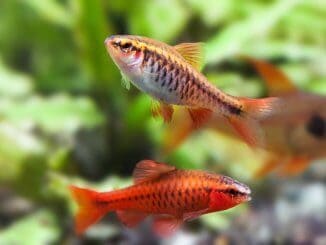
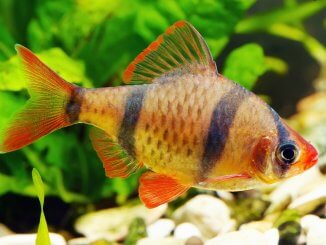
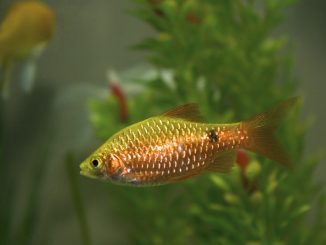
Be the first to comment